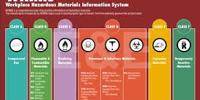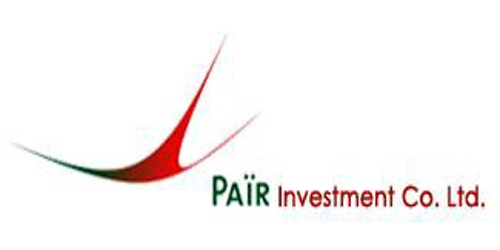Participatory monitoring is a method in which stakeholders, including local populations, actively participate in data collection, and analysis, and use it to evaluate and manage various projects, programs, or initiatives. It is the frequent gathering of measurements or other types of data (monitoring), mainly of natural resources and biodiversity, by local residents of the monitored region who rely on such resources and hence have a better understanding of them. Those interested typically live in areas with high social cohesion, where they regularly collaborate on joint projects.
Participatory monitoring has evolved as a viable alternative to or supplement to professional scientist-led monitoring. This method is frequently utilized in development projects, environmental management, public health, and other fields where community involvement and local expertise are critical to success. Scientist-led monitoring is frequently expensive and difficult to sustain, particularly in developing countries with low financial resources. Furthermore, scientist-led monitoring can be logistically and technically challenging, and it is frequently seen as irrelevant by resource managers and local communities.
Involving local people and their communities in monitoring is frequently part of the process of sharing land and resource management with local communities. It is linked to the devolution of rights and power to locals. Aside from potentially delivering high-quality information, participatory monitoring can enhance local awareness and build the community and local government competence required for natural resource management.
Key features of participatory monitoring include:
- Involvement of Stakeholders: It encourages those who are directly touched by a project or program to actively participate. Local communities, beneficiaries, and other essential stakeholders may be included.
- Data Collection and Analysis: It entails gathering information on numerous project indicators such as progress, impacts, and results. This information, which can be quantitative or qualitative, is often gathered through surveys, interviews, focus group discussions, and local knowledge.
- Empowerment: It empowers local communities and stakeholders by allowing them to express their problems, needs, and priorities through participation in decision-making processes.
- Transparency and Accountability: It enhances transparency by making project or program information readily available to all stakeholders. It also promotes accountability by ensuring that responsible parties are aware of the community’s feedback and concerns.
- Adaptation and Learning: The information gathered is not only used for project evaluation but also for adaptive management. It enables adjustments to project strategies and activities based on community input and insights.
Community-based wildlife conservation initiatives in which local communities actively monitor and report on wildlife populations and illegal poaching are examples of participatory monitoring, as are participatory rural development projects in which local farmers assess the impact of agricultural interventions.
Overall, participatory monitoring is a valuable strategy that encourages community engagement, ownership, and sustainability while also improving the effectiveness and impact of development programs.
















